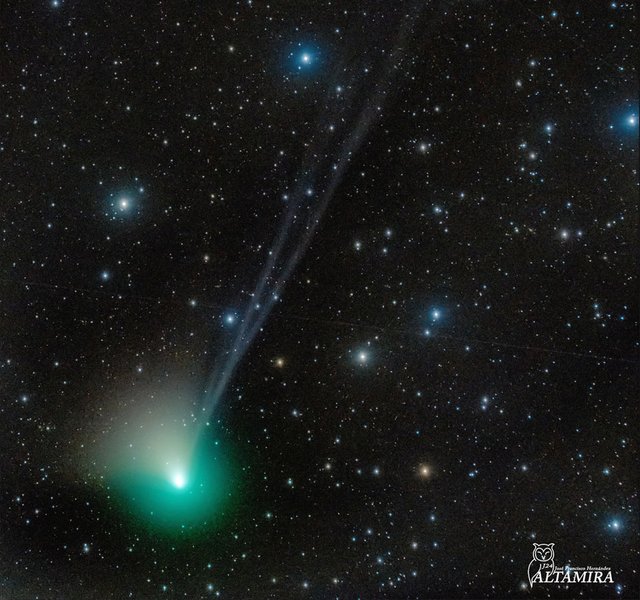Green Comet Viewable in Florida

A comet that is colored green may potentially be observable in Florida for the first time in 50,000 years
The upcoming comet, referred to as C/2022 E3 (ZTF), will make its close approach to Earth later this month, marking its first appearance since the Ice Age. This article provides information on what you should be aware of regarding this celestial event.
NASA recognizes that the name of the comet, C/2022 E3 (ZTF), is a bit lengthy. The comet is currently traversing the inner solar system and this article provides information on what one should be aware of regarding this event.
NASA acknowledges that the name of the comet, C/2022 E3 (ZTF), can be difficult to say. The comet is currently making its way through the inner part of the solar system and this article provides details on what you should know.
According to NASA, the green comet will make its closest approach to Earth on Thursday, February 2nd and individuals in the Northern Hemisphere will be able to view it in the morning sky.
The C/2022 E3 (ZTF) comet will come closest to the Sun on January 12th, before making its passage by the Earth on February 2nd.
According to NASA's Jet Propulsion Laboratory at the California Institute of Technology, if the comet continues its current trend in brightness, it should be easy to spot with binoculars and under dark skies, it may even be visible to the naked eye. However, NASA notes that comets are notoriously unpredictable.
More about The C/2022 E3 (ZTF)
The green comet was first observed by astronomers at the Zwicky Transient Facility using their wide-field survey camera in March 2021 when it was within Jupiter's orbit.
It last passed through the solar system during the Upper Paleolithic period of the Ice Ages, but it's not known if it was visible from Earth at that time as it could have been outside of Jupiter's orbit.
NASA states that the comet has since brightened significantly and is currently visible in the northern constellation Corona Borealis in the predawn sky. A telescopic image from December 19th reveals the comet's bright greenish coma, or cloud surrounding its nucleus.